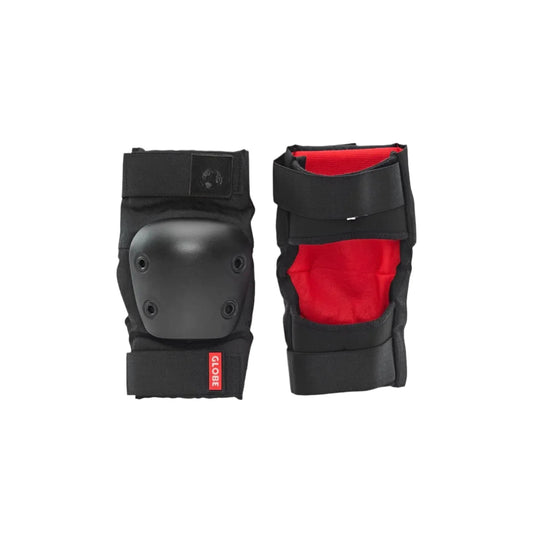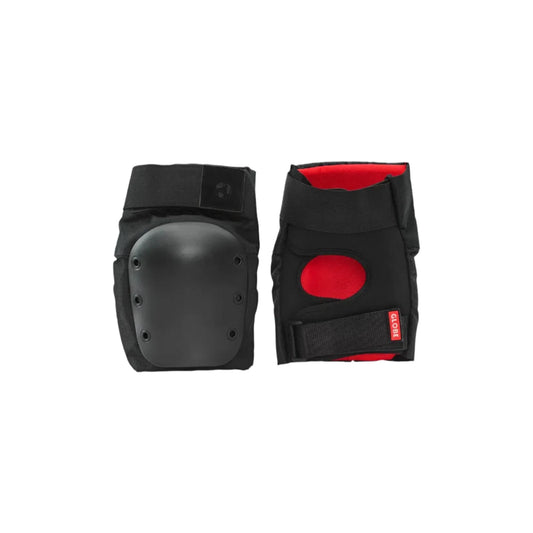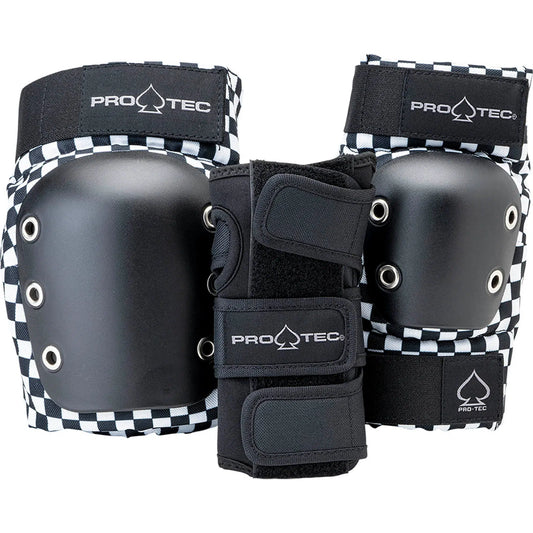
Collection: Skate Pad Sets
-
Globe Goodstock Pad Set (Kids)- Matte Black
Regular price $69.99 AUDRegular priceUnit price / per -
Globe Goodstock Pad Set - Matte Black
Regular price $99.99 AUDRegular priceUnit price / per -
PRO-TEC Junior Street Gear 3 Pack - Checker
Regular price $89.99 AUDRegular priceUnit price / per -
Pro-Tec Street Jr 3-PK Pad Set (Kids)- Camo
Regular price $89.99 AUDRegular priceUnit price / per -
Pro-Tec Street Jr 3-PK Pad Set (Kids)- Santa Cruz
Regular price $99.99 AUDRegular priceUnit price / per









